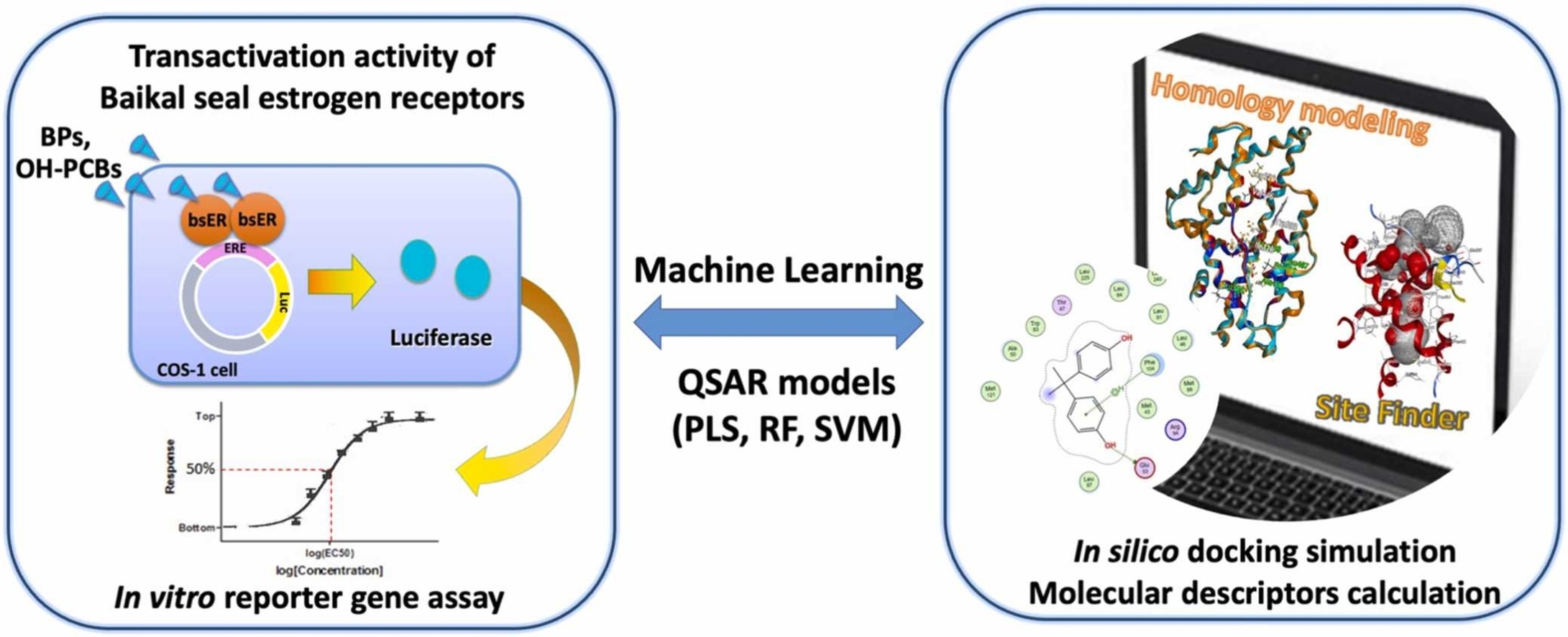Endocrine disruption in seals by environmental contaminants
Structural characteristics of environmental pollutants and computer simulations predict effects on the endocrine system of seals
The ability of bisphenols and hydroxylated polychlorinated biphenyls to activate estrogen receptor α and β subtypes (bsERα and bsERβ) in Baikal seals (Pusa sibirica) was evaluated by both in vitro and computer-based (in silico) experiments. A quantitative structure-activity relationship (QSAR) model for both bsERs was successfully developed using the results of computer simulations and the structural properties of the environmental contaminants as explanatory variables and the data from in vitro experiments as objective variables.
In this study, the ability of bisphenols (BPs) and hydroxylated polychlorinated biphenyls (OH-PCBs) to activate estrogen receptor α and β subtypes (bsERα and bsERβ) in Baikal seals (Pusa sibirica) was evaluated by both in vitro (in vitro) and computer-based (in silico) experiments.
In vitro experiments revealed that most BPs and OH-PCBs exhibit estrogen-like activity against each bsER subtype. Among the BPs tested, bisphenol AF exhibited the strongest estrogen-like activity. Similarly, 4′-OH-CB50 and 4′-OH-CB30 showed the strongest activity among the tested OH-PCBs against bsERα and bsERβ, respectively.
In order to further investigate how these environmental contaminants bind to bsER, computer docking simulations were performed. Using the results of this computer simulation and the structural properties (molecular descriptors) of the environmental contaminants as explanatory variables and in vitro experimental data as objective variables, quantitative structure-activity relationship (QSAR) models for both bsER subtypes were developed. These models accurately predicted the activation potential of each environmental contaminant in in vitro experiments, distinguishing, with a high degree of accuracy, between compounds that activate and those that do not activate for both bsERα and bsERβ. From the QSAR model, we also succeeded in extracting important factors that influence the activation potential of environmental contaminants.
Furthermore, we succeeded in constructing a QSAR model that predicts the activation potential of mouse ERs using the same method, demonstrating the applicability of this method regardless of species-specific responses.
Reference URL: https://doi.org/10.1016/j.ecoenv.2023.115495
Bibliographic Information
In silico simulations and molecular descriptors to predict in vitro transactivation potencies of Baikal seal estrogen receptors by environmental contaminants
Hoa Thanh Nguyen, Yuka Yoshinouchi, Masashi Hirano, Kei Nomiyama, Haruhiko Nakata, Eun-Young Kim, Hisato Iwata, Ecotoxicology and Environmental Safety, 265, 115495, 15 October, 2023, https://doi.org/10.1016/j.ecoenv.2023.115495
Fundings
- Japan Society for the Promotion of Science (JSPS) KAKENHI: Scientific Research (S) [No. 26220103] and (A) [No. 19H01150]
- Ministry of Education, Culture, Sports, Science, and Technology, Japan (MEXT): the Joint Usage/Research Center – Leading Academia in Marine and Environment Pollution Research (LaMer)
Media
Contact Person
Name : Hisato Iwata
Phone : 089-927-8172
E-mail : iwata.hisato.mz@ehime-u.ac.jp
Affiliation : Center for Marine Environmental Studies


